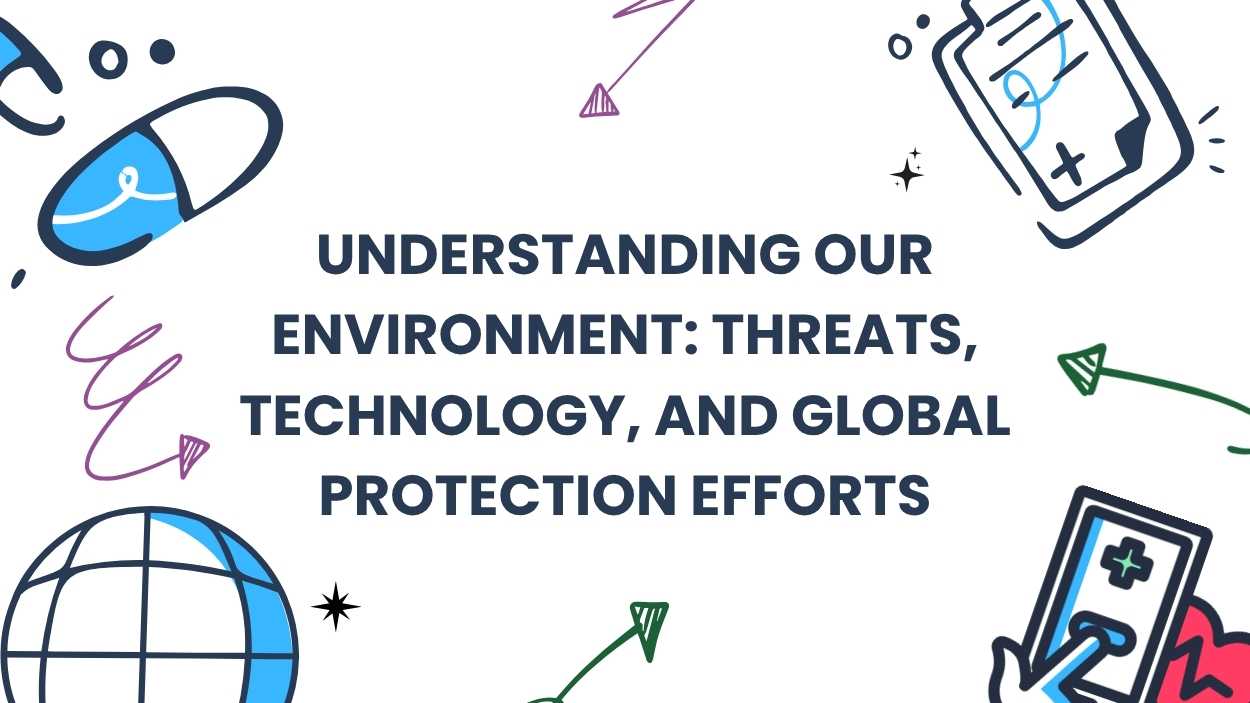The clean beauty movement has exploded, promising a more natural and ethical approach to skincare. But behind the glossy marketing and eco-friendly packaging lies a complex reality, as highlighted by recent discussions with skincare experts. The promise of “natural” ingredients often overshadows the crucial understanding that not all naturally-derived components are inherently safe or effective. In fact, many dermatologists are now highlighting the potential pitfalls of relying solely on natural ingredients, pointing out that some synthetic formulations are far more stable, potent, and less likely to trigger allergic reactions.
The Illusion of Natural: Unveiling the Science
One of the biggest misconceptions surrounding clean beauty revolves around the perceived superiority of natural ingredients. However, the reality is far more nuanced. Dr. Kriti Lohia, a respected dermatologist, aptly points out the importance of distinguishing between “natural” and “safe.” For instance, while essential oils may sound appealing, they are common allergens and irritants. In contrast, scientifically engineered ingredients like peptides, or even derivatives of natural substances like salicylic acid (extracted from willow bark), can often offer superior performance and stability. This underscores the need to move past the superficial label and focus on the scientific evidence behind each ingredient.
The Ethical and Sustainable Face of Tomorrow
In 2025, the narrative is shifting towards sustainability and ethical sourcing. Consumers, especially the younger generations, are demanding greater transparency from beauty brands. This includes everything from eco-friendly packaging and refillable products to ensuring that natural resources are harvested responsibly, minimizing environmental impact. Forward-thinking brands are pioneering innovations like upcycling food industry by-products into skincare ingredients, offering a tangible solution to reduce waste and contribute to a circular economy. This demonstrates that ethical sourcing and environmental consciousness are integral parts of the clean beauty equation.
The future of clean beauty is undeniably rooted in evidence-based science. Moving beyond marketing hype requires a deeper dive into the actual ingredients and their proven efficacy. This involves considering how a product aligns with your specific skin needs, rather than simply following a trend. As Dr. Lohia suggests, the focus needs to be on data-backed formulations and scientific advancements that marry the best of nature with innovation. The goal is to make informed choices that are suitable for individual skin profiles and are beneficial for the planet.
Embracing a Conscious and Informed Approach
In conclusion, the clean beauty movement in 2025 represents a conscious shift towards a more responsible approach to skincare. By understanding the complexities of natural versus synthetic ingredients, prioritizing ethical sourcing, and embracing scientific advancements, consumers can make informed choices that benefit their skin and the environment. It’s about moving beyond superficial labels and embracing a holistic approach that prioritizes both efficacy and sustainability, making a positive impact on both personal well-being and the planet. This requires a balanced approach to the skincare process, from products to ingredients used.













